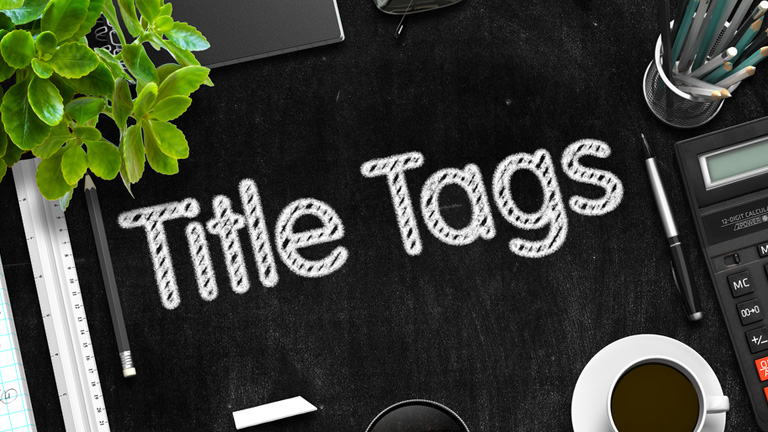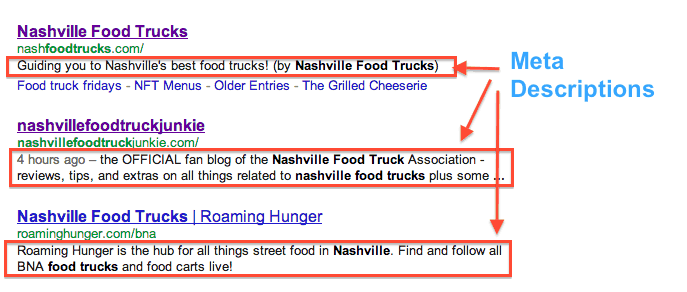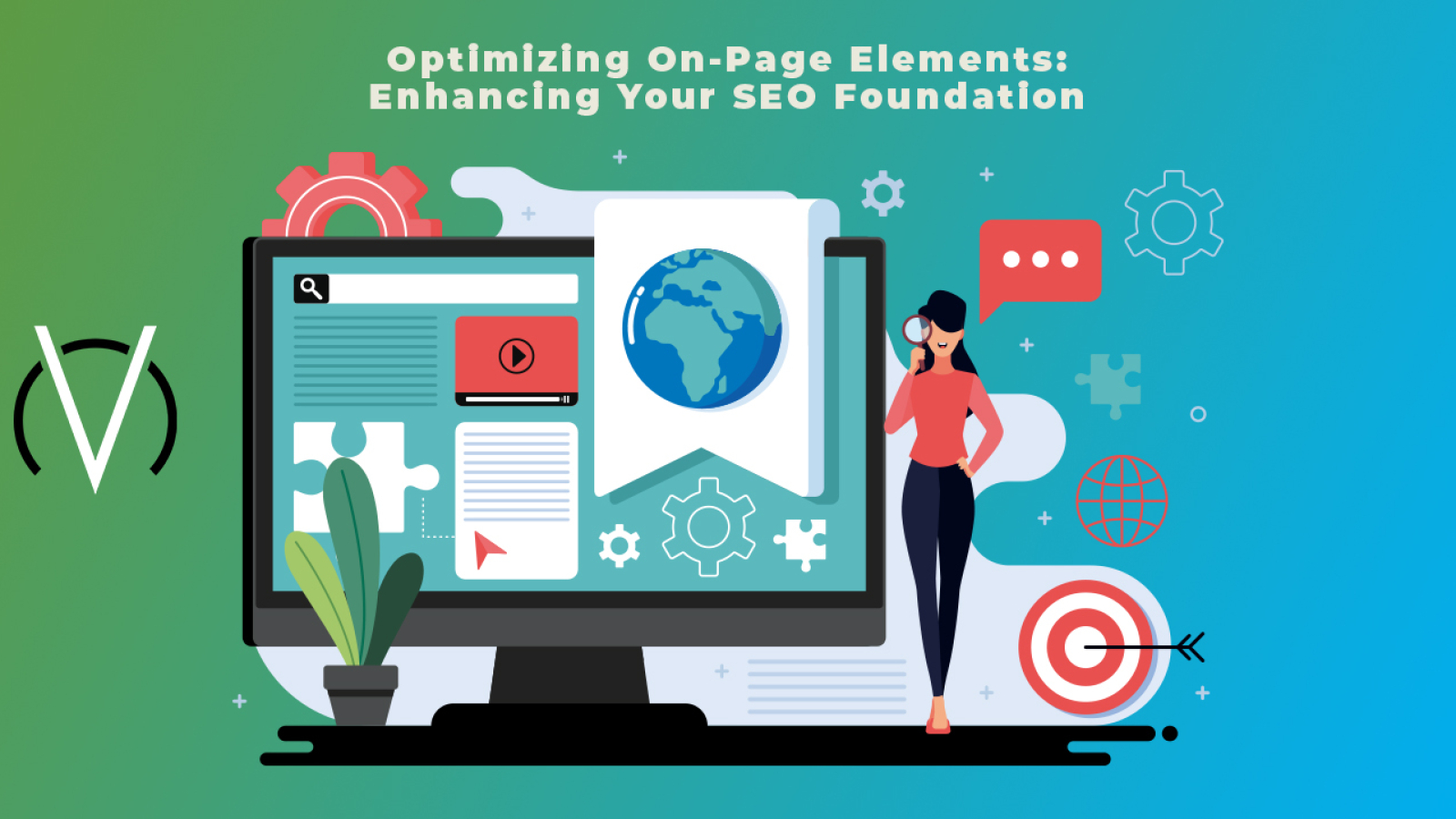Optimizing On-Page Elements is akin to fine-tuning the engine of a race car. It’s what ensures your website not only looks great but also performs exceptionally well in the race for higher search engine rankings. In this section, we’ll delve deeper into the key on-page elements, such as title tags, meta descriptions, and header tags, and explore why they’re vital for organic traffic growth.
1. Title Tags: The Gateway to Your Content

Think of the title tag as the signpost leading travelers to your content. It’s the first thing users see on search engine results pages (SERPs) and plays a pivotal role in their decision to click on your link. To optimize your title tags:
- Relevance: Craft titles that accurately reflect the content of your page. Misleading titles can lead to high bounce rates and decreased rankings.
- Keywords: Include the primary keyword or phrase you want to rank for. Place it near the beginning of the title for maximum impact.
- Engagement: Make your titles compelling and intriguing. Use action words, questions, or numbers to pique curiosity.
- Length: Keep titles concise, ideally under 60 characters, to prevent truncation on SERPs.
2. Meta Descriptions: Your Content’s Elevator Pitch

Meta descriptions serve as the elevator pitch for your content. They provide a brief summary of what users can expect on your page. To optimize meta descriptions:
- Relevance: Align the meta description with the content’s topic and user intent. It should answer the question, “What will I find on this page?”
- Keywords: Include the primary keyword naturally while maintaining readability. Google sometimes highlights the searched keywords in bold, increasing visibility.
- Clarity: Be clear and concise. A well-crafted meta description should inform, intrigue, and encourage clicks.
- Length: Aim for meta descriptions of around 150-160 characters to ensure they display fully on SERPs.
3. Header Tags: Organizing Your Content for Readability

Header tags (H1, H2, H3, etc.) serve as the structural backbone of your content. They break down your content into digestible sections, making it easier for both readers and search engines to understand. To optimize header tags:
- Hierarchy: Use H1 for your main title, H2 for subheadings, and so on. Maintain a logical hierarchy to help organize your content.
- Keywords: Incorporate relevant keywords into your header tags where it makes sense. This signals the content’s focus to search engines.
- Readability: Ensure headers are clear and descriptive, providing readers with a roadmap of your content’s flow.
- Consistency: Maintain consistency in the use of header tags throughout your content. This creates a structured, user-friendly experience.
The Impact on Organic Traffic:
Optimizing On-Page Elements isn’t just about aesthetics; it’s about providing clarity and relevance. When search engines crawl your pages, they rely on these elements to understand what your content is about. When you align these elements with user intent and keywords, you enhance your chances of ranking higher on SERPs.
Additionally, when your title tags and meta descriptions are engaging and enticing, they increase click-through rates. A compelling title and description combo can be the difference between appearing as just another search result and capturing a user’s attention.
In summary, Optimizing On-Page Elements is the foundation of your SEO strategy. It’s about providing search engines with clear signals about your content’s relevance and enticing users to click through. By fine-tuning these elements, you not only improve your website’s search engine ranking but also enhance the user experience, ultimately driving more organic traffic to your digital doorstep.
If this all seems a bit to much, contact us and we can help simplify it. info@thcv.co.za


Add a Comment